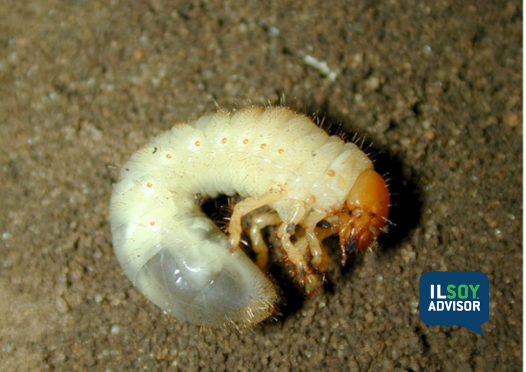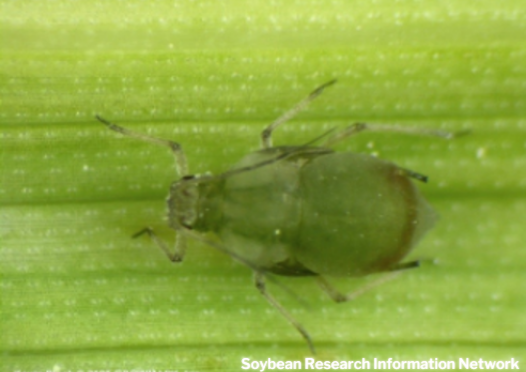ILSOYADVISOR POST
2017 Aphid Watch
Soybean aphids are still a risk, but outbreaks seem to be increasingly rare.
Where did all the aphid pressure go? Ten years ago, we all would be on the lookout, scouting and probably spraying. But today, outbreaks are localized and infrequent. While we can’t lower our defenses, it is remarkable that they have become a minor risk.
Aphids have been around for over 15 years. I remember the first meeting I attended on this “new” insect back in 2002. Initially, they appeared in two-year cycles; a boom year followed by a bust year. Over the past decade, the cycles have leveled out. The boom-and-bust years aren’t common anymore as aphids become more established and predators keep their numbers under control. Now they can be considered an annual pest instead of biennial, and breakouts over wide swaths aren’t as common as a decade ago. Weather and predators keep the populations low.
The key to managing aphids is scouting for their presence, monitoring populations relative to a 250-aphids-per-plant action threshold, and being prepared to spray. Aphids can move into soybeans in July or August, and usually there is a single infestation. An insecticide treatment can protect the crop for a couple weeks.
If you reach the action threshold of 250 aphids per plant, make plans to spray. You have two to three days to spray before the population will double to 500—the injury threshold. Yield loss begins when aphid populations reach 500 to 600 per plant. If soybeans are at R4 and younger, then use the 250 threshold.
Monitor the population as it approaches 250 and see if it increases. Sometimes the population will stabilize or go bust. Always check again in a couple days to see if the population is increasing. Remember, aphids are born pregnant and give birth almost continually.
If you are at R5 or approaching R6 and are at 250 aphids per plant, wait and see if the population remains steady, busts or increases. If the population stabilizes at 500 or below, it doesn’t pay to spray. However, at R6 and later the thresholds become 750 to 1,000 aphids per plant because much of the yield already has been made at that point.
Whether or not you spray soybeans at this development stage is based on predicting when soybeans will reach R6 and then deciding if the cost of an application will be covered by yield saved. Remember, if you spray with a ground rig at this late stage you can ding yield just by trafficking through the field.
All soybean fields are not equally likely to have a soybean aphid problem. Geography, landscape, biological and agronomic factors all influence soybean aphid populations. The research results generated on commercial and university farms across the North Central Region can help identify when and where to target early- and late-season aphid scouting efforts. Early aphid infestations are often found in smaller fields near buckthorn and are often more abundant near field edges. Soybean aphids prefer moderately dry soil moisture conditions. Soybeans grown in soils testing low in potassium contain higher levels of amino acids favorable for soybean aphid development, and aphid feeding can intensify potassium deficiency symptoms on these soils. [Aphids are often most abundant in late-maturing fields.]
“We will see small, localized populations of soybean aphids, but just because you see a few, it doesn’t mean it will translate into hundreds and thousands,” said Kelly Ann Estes of the Illinois Natural History survey. “Temperature and humidity plays a big part along with natural enemies. Everything has to come together at the same time.“
Soybean agronomist Daniel Davidson, Ph.D. posts blogs on agronomy-related topics. Feel free to contact him at djdavidson@agwrite.com or 402-649-5919.





Comments
Add new comment